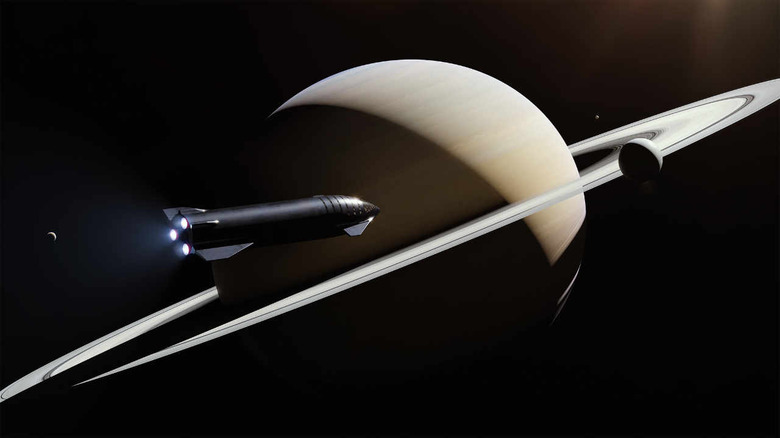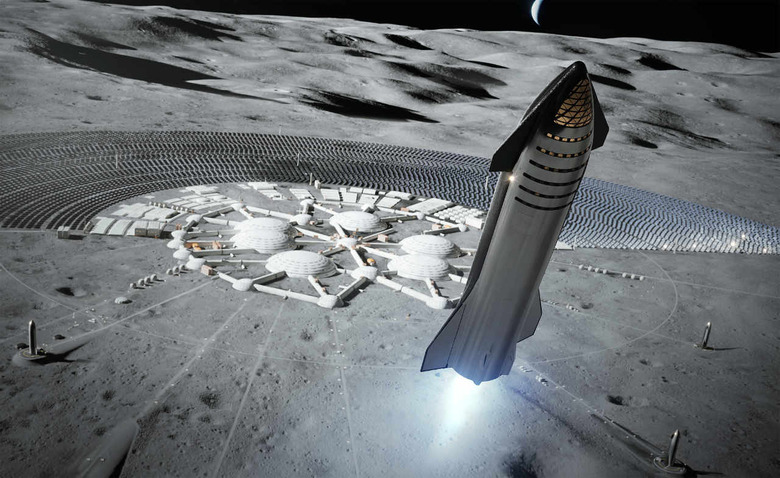Elon Musk's Mission To Mars: Your SpaceX Briefing
You've probably seen pictures and the headlines, which probably leave you with a bunch of questions. What is SpaceX? Are they competing with NASA? Is the stuff about Mars actually happening? Elon Musk's ambitious and ongoing space exploration project has been attracting plenty of attention and excitement. Even more so in recent months, as SpaceX's commercial space flights made significant progress in 2019.So here is your SpaceX crash course, definitely no pun intended.
The stuff of science-fiction
Space X seeks to plug in NASA's gaps with a simple idea and a ton of cash. The idea: To bring humans to Mars and colonize it. While it sounds mad, its much more straightforward than the instructions at NASA, dictated by the President. NASA's instructions change with every new President – President Bush wanted them to work on getting to the moon again and Obama's orders were to work on getting to Mars, shifting its priorities. NASA's budgets also sway as a result. SpaceX, on the contrary, is consistent in its plan, allowing them to gain momentum, expertise and economies of scale over the years.
Besides their dreams of carrying humans to Mars, SpaceX also functions as a launch service provider, which brings astronauts and cargo from Earth to destinations in space. Today, SpaceX has carried out over 100 successful missions, with over $12 billion in contracts earned.
As a business, one of its goals reduce costs, making commercial space travel more economical by reusing parts. Currently, NASA and Russia's rockets cost over twice the amount of SpaceX's $62million-per-launch Falcon 9 rocket. In a few years, this could become even more affordable as Musk's team develop a reusable launch system (the thing that boosts a ship into space and traditionally breaks off), which will return to the launchpad for reuse. Sustainability is key to commercial space travel as a viable and economical option. Tony Stark would be impressed.
Meet the rockets
But just like Tony Stark, Musk himself is extremely ambitious – at times over-enthusiastic. While he'd hoped to make it to Mars by 2010, it's taken far longer than that. It's a step-by-step process, and today, there is quite a fleet in Musk's garage.
Falcon 9
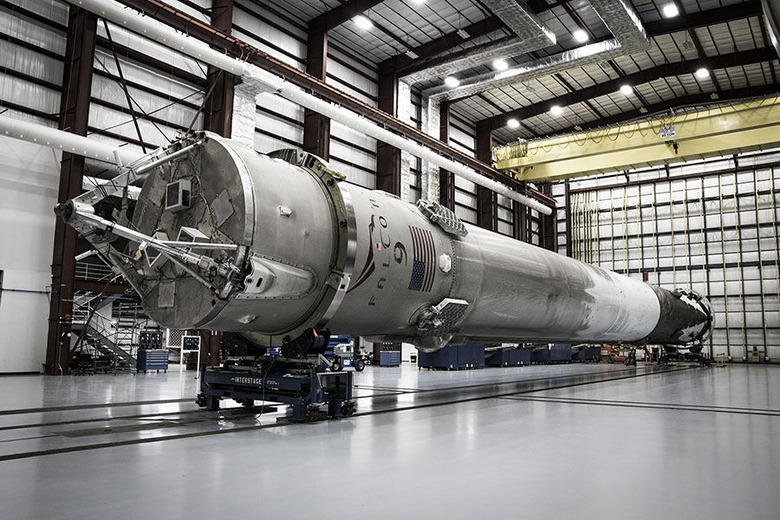
The Falcon 9 is the latest evolution the first privately-funded rocket that orbited earth in 2008. This nine-engine iteration of the Falcon 1 is SpaceX's go-to workhorse, contracted by NASA to deliver cargo to the International Space Station, under the Commercial Resupply Services contract. This is where SpaceX makes much of its revenue, with each resupply or satellite launch costing millions.
While most rockets carry expendable launch system, the Falcon 9 is partially reusable. Some of its parts can lift off, re-enter the atmosphere and land back vertically after separation. Not all of the rocket is completely reusable yet, but it's a positive step towards sustainability that is core to SpaceX's ambitions.
Falcon 9 also has a bigger brother, Falcon Heavy. Launched in 2018, the Falcon Heavy straps two additional boosters to the Falcon 9's sides, allowing it to carry the most payload of any operational space vehicles. You may remember it making headlines as it carried Musk's Tesla Roadster onboard as a mock payload.
Starship
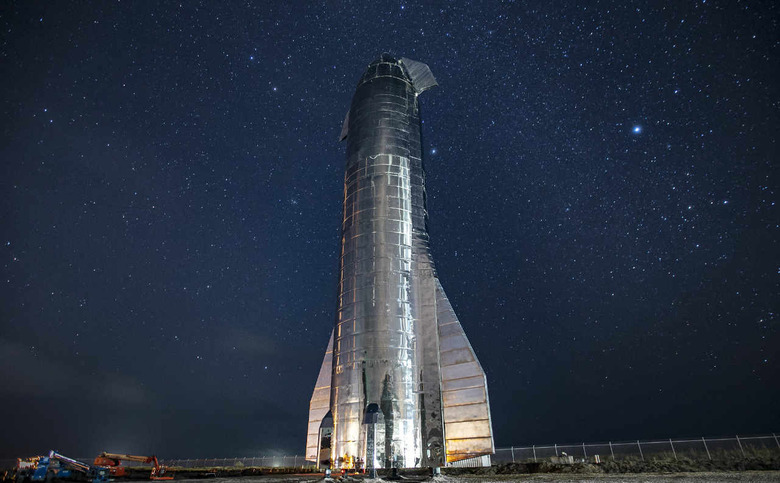
Of course, Musk had his eyes set on sending humans, not just cargo. SpaceX intends to certify the Falcon 9 for human passengers eventually, as well as this bad boy: the Starship (previously the Big Falcon Rocket).
Currently in its testing phase, this is the ship Musk hopes can eventually bring human passengers around the world and space itself – the ship to fly people to the moon, Mars and even around Earth. But let's not get ahead of ourselves; Commercial cargo launches have been planned only in 2021. No humans yet.
Dragon
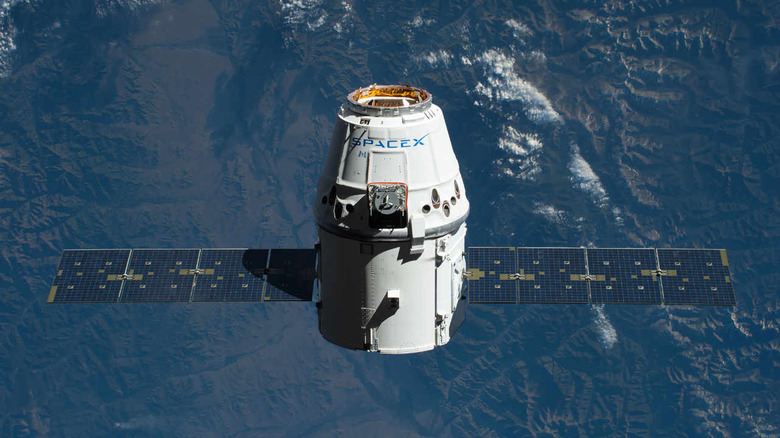
This is the SpaceX unit that carries its cargo and humans. Most notable is its successful recovery after flying in orbit, marking a step towards reusability.
SpaceX's latest version, Crew Dragon, was meant to send humans to space and the ISS and was listed by NASA to be the first spacecraft to do so, along with Boeing's Starliner. But SpaceX got into trouble when an empty Crew Dragon exploded during a ground test due to pressurization issues.
Space travel is coming
While we are still years away, the SpaceX project makes this sci-fi dream a real possibility within our lifetime. Much of the technology Musk envisions and needs for things to work is still catching up.
We don't know how human colonies will exist on Mars – perhaps underground, or in tents – but Musk has said SpaceX is simply here to get us there.
SpaceX isn't the only player in the so-called "space race". Boeing have been contracted by NASA for a handful of space missions, and aerospace company Blue Origin are also set to launch a reusable spacecraft of their own this month.
Hopefully in a few years we'll see these competing projects will push each other out of the stratosphere and on to new planets in the Solar System.

